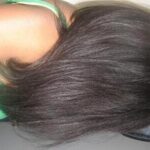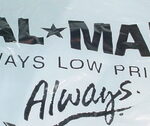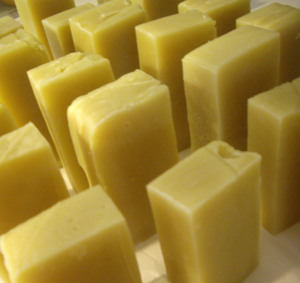Let’s start by first asking ourselves why we would want to learn this skill? After all if you run out of soap isn’t it easier to just go to the local grocery store or a Wal-Mart and buy it? The answer is yes, but let’s look at the possibility of the chance that a grocery store may not be available due to a storm or an attack of some sort.
Many Americans have lost the spirit of self sufficiency that once made us such a great country. Instead we are used to others making everything for us. Most families have become reliant on some one to do every thing for them. So how is soap going to make a difference you? The answer is simple; being self sufficient is learning one skill at a time.
Lets first look at the history of soap making:
This form of art has been around for hundreds of years. Except back then it wasn’t considered art or a hobby it was a necessity. Our ancestors usually made soap in the fall after the fall butchering when they had plenty of fat from their hogs. They cooked the fat down to make lard. Then they added Lye which was created from wood ash. They kept cooking it until they reached the tracing stage and then they poured it into their soap molds to harden into shape.
Today how-ever we don’t have to go to as much effort as our ancestors. Lard, Lye and Water the main ingredients in soap can all be purchased for a small price, even after purchasing the ingredients you still save a lot of money making your own soap. And it will be one more thing that you don’t have to count on some one else for. I can make three batches of soap and have enough for a family of three for a year for about $6.00.
About now you may be asking where you can find the ingredients for your soap. Your grocery store will have the Lard and the Water, I say buy your water because you’re going to want distilled water most tap water is considered hard water and it will interfere with the chemical reaction that occurs when making soap. When I buy Lard I usually get it in the 1 lb container. The Lye Needs to be 100% Lye. Red Devil used to be the brand that most soap makers used but it has been removed from shelves due to the fact that people were using it to make drugs. I usually go to my local hardware store to find 100% lye; you will probably find it in the drain cleaner section.
Safety:
It is important to remember that lye is very caustic and will burn on contact. That is why it is important to where the proper clothing when making your soap.
1. Long sleeve shirt.
2. Safety glasses.
3. Rubber Gloves (The dishwashing kind work good)
4. An Apron.
5. Shoes.
Items needed for making soap:
1. Measuring spoons.
2. Plastic or wood mixing spoon.
3. A measuring cup.
4. A plastic or glass mixing bowl.
5. A small pot for melting your lard in.
6. Some type of mold for your soap (NO ALUMINUM!!! Plastic, Glass or Wood only. When lye hits aluminum it makes poisonous fumes)
An electric mixer (This will cut your mixing time in half; you can use a spoon if you want but it adds an extra 45 minutes to your time)
The Recipe:
One (1) Lb of Snowcap Lard
Two cups of Distilled water
Four (4) Table Spoons of lye crystals or flakes.
Directions for making soap:
Take lard out of its container put it in the melting pot on medium heat. Pour 2 cups of distilled water into a plastic or glass mixing bowl. When your lard is about ¾ melted measure 4 table spoons of lye into your water stirring while you are mixing it in, always add lye to water not water to lye it is possible to get a caustic volcano and that you do not want. It is important to have good ventilation when adding the lye to the water as the fumes can be pretty harsh.
Once the lard is totally melted take it off the heat and slowly pour it in to the lye water. Begin stirring this is where the mixer can really save you time. If you use a mixer I have found it easiest to do short 3 round bursts and then stir for about 10 seconds and repeat. After awhile you will notice the soap start to thicken if you take a spoon and allow some to drip on top of the soap it should make an indention or stack on top. If this is the case pour it into your mold I like to use Rubbermaid muffin holders for small cakes of soap and small size food containers for the bars.
Once you have poured your soap into your mold put in a secure place and cover with a couple of towels for 24 hours. At the end of 24 hours very carefully remove the soap from the molds. Your soap will have to cure for 3 weeks to a month before it can be used. I find it best to use a wire rack for the curing stage if you use a plate make sure and turn it daily to get an even cure.
Making soap takes practice once you get this basic recipe down you can begin to practice with other additives such as oatmeal, scents, etc. You will find that many people like home made soap as gifts to.
But the important thing to remember is that now you have just learned a new skill that will allow you to be more independent.





